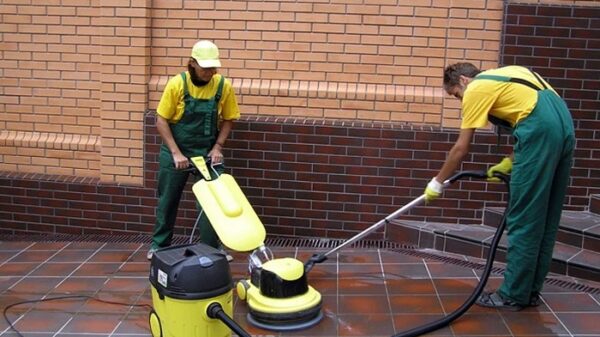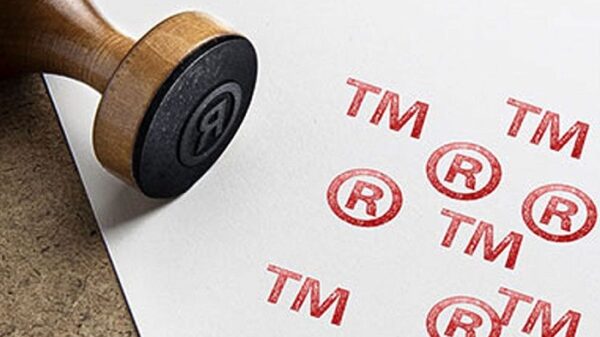If the room is constantly in a state of high humidity, and especially if there is a risk of water, then waterproofing of the floor is necessary. If it is not done in such rooms, then the risk of destruction of concrete floors or decay of wooden increases. Typically, such problems are characteristic of basements. However, it will not be superfluous to isolate, say, in an ordinary bathroom, where the level of humidity is always large.
When considering all waterproofing options, it is necessary to take into account the simplest. They are suitable for floors, the basis of which can be concrete or wood. The main material in this case will be roofing. If a temporary option for waterproofing is needed, then ordinary polyethylene is also suitable. At the same time, the work represents the process of rolling out the material throughout the floor area so that all the edges are slightly wrapped in the walls. The strips of waterproofing material are overlapped, and then smell with mastic. The edges are sealed with ordinary painting tape. If the base of the floor implies the use of screed, then take care of the size of the layer. After it has dried, all the details performing beyond it can be trimmed. If the floors are made of wood, then making a regular screed will not work. Will have to lay the laminate on the waterproofing layer using a special substrate.
Another waterproofing method involves the use of a cast version. This process must be performed with a high degree of caution, because the work will be carried out with hot mastic, which can be burned.
Before the equipment of such waterproofing, it is necessary to carefully clean the surface. You need to completely remove dust and dirt. After cleaning, it is necessary to carefully cover the surface with a primer. Before filling a hot solution, you need to protect the entire working area with boards. This is necessary so that the hot composition cannot stain or damage the rest of the surfaces. Now the floor area should be dried. For these purposes, a building hairdryer or a regular soldering lamp is best suited. The first layer will be bitumen, which must be heated and poured. After bitumen there is a mastic. It is necessary to warm it up no more than one hundred forty degrees. After pouring, mastic needs to be aligned.




